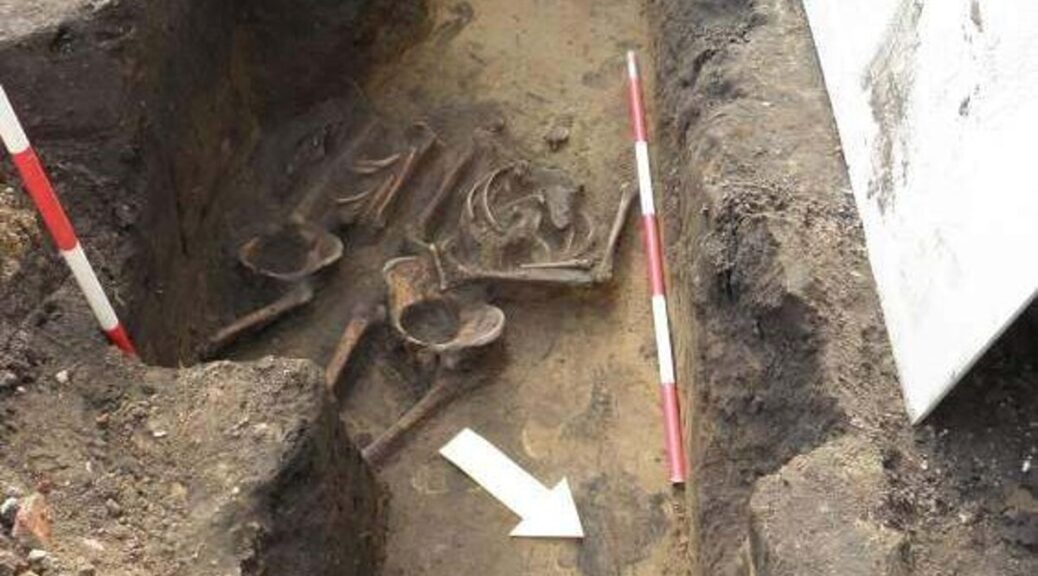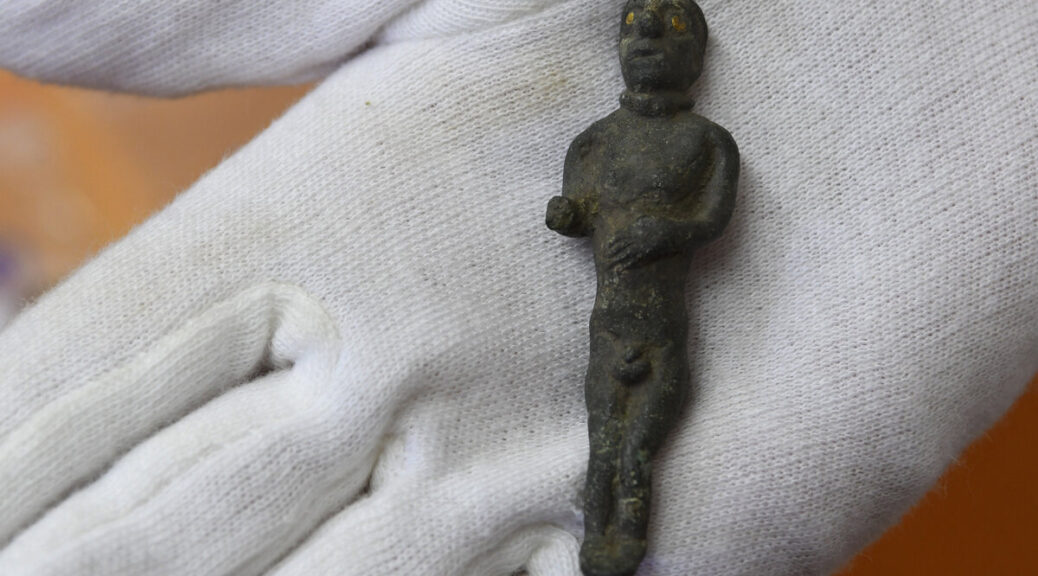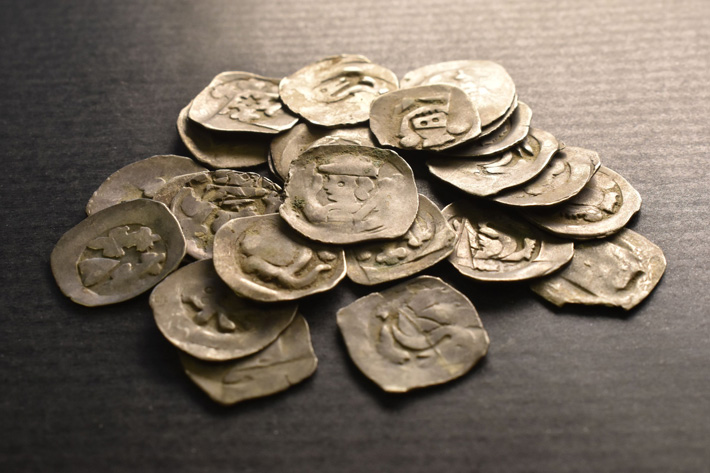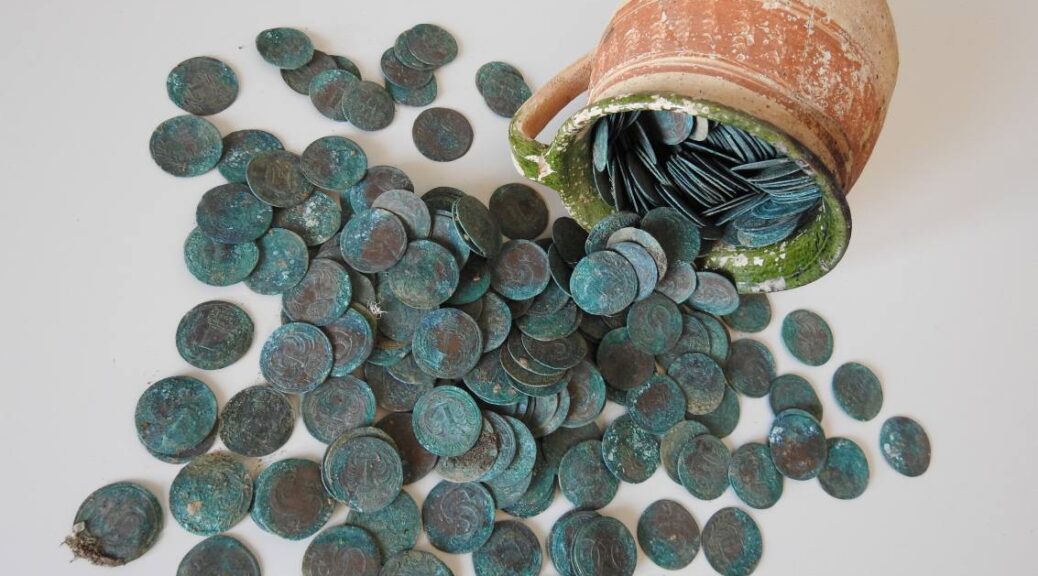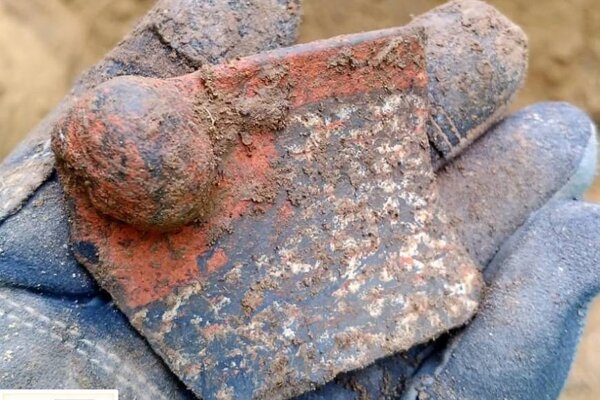Man finds ancient grave and remains while digging foundation for garage
The Slovak Spectator reports that a man digging a foundation for a new garage in western Slovakia alerted the authorities when he discovered human remains. Further investigation revealed a grave containing the bones of two women.

A man was digging the foundations for his new garage in the town of Gbely, western Slovakia when he discovered a human skull. He immediately reported it to the police.
Upon further inspection, the police and an anthropologist came across another skull. They discovered that the remains were older than half a century so they informed the Regional Monuments Board (KPÚ) Trnava about the discovery in early October.

Archaeologists and other experts have dated the discovered grave, using radiocarbon analysis, to 421-541 CE. This period is also known as the Migration Period.
Pathological change
They found two women, aged 20-25 and 25-40, in the grave. Both were placed in an upright position on their backs with their heads facing west and their feet pointed east.
“An interesting pathological change was found on one skeleton,” said the KPÚ archaeologist Matúš Sládok. “The coccyx stood significantly asymmetrically.”
He added that this may be due to a post-traumatic condition that results in the coccyx growing into the sacrum following a strong hit during a fall, for example.
Grave robbery
In the Migration Period, the Quadi, Huns, Heruli, Lombards, and perhaps other tribes such as the Goths and Rugians inhabited the territory of what is now western Slovakia.
Sládok noted that a few graves with several individuals buried in each of them were found in the past and were attributed to the Lombards. Some of these known burial sites in western Slovakia are located in Devínska Nová Ves, Rusovce, Šamorín, and Gáň.
The Lombards lived in the area in the years 488-560/568, which is why experts think the recently uncovered grave was dug in the years 488-541.
READ ALSO: IN 1980, WHILE CLEANING OUT HER GARAGE, A WOMAN FOUND THE HIDDEN MUMMIES
Moreover, during the Migration Period, grave robbery was common, and the absence of any personal objects found in the Gbely grave, including jewellery, suggests this grave was robbed too, the archaeologist said, further supporting his argument by noting that the upper part of one skeleton was damaged.
Housing estate
This recent discovery is the first of its kind in Gbely, and experts are convinced there are more graves to be uncovered as human bones were found in several places on the plot. Bones had been found in the area before, but they were not archaeologically recorded.
“The findings of daub and ceramic shards from vessels from different periods of prehistory and Roman times suggest there was also a housing estate or several housing estates in the locality,” added Sládok.
